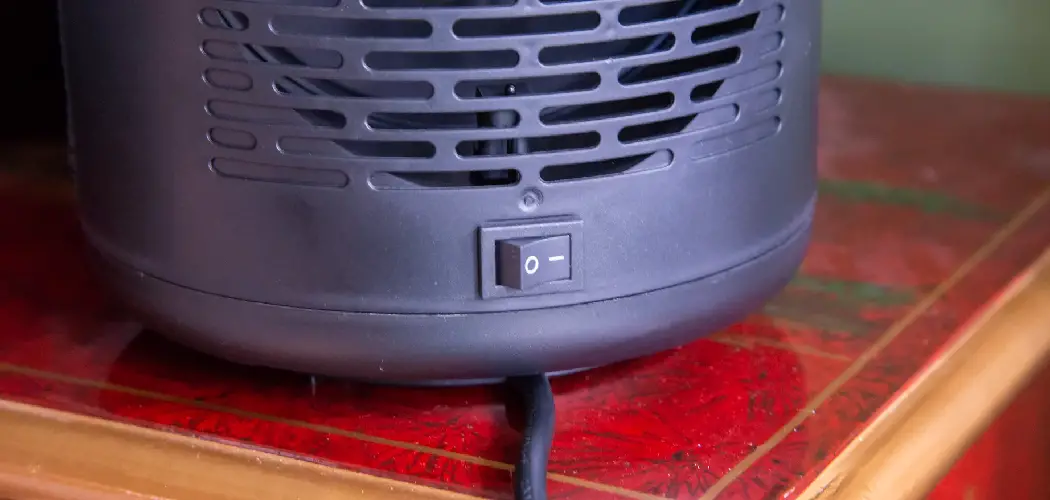Electric heating systems are essential appliances for providing warmth and comfort during colder months. These versatile systems come in various forms, including baseboard heaters, wall heaters, space heaters, and HVAC systems equipped with electric heat. Each type is crucial to ensuring our living spaces remain cozy and livable, even when temperatures drop outside. This guide will concentrate on the general steps needed to turn on different types of electric heaters safely, outlining key considerations and best practices. Understanding how to turn on electric heating enhances comfort and promotes energy efficiency and safety.
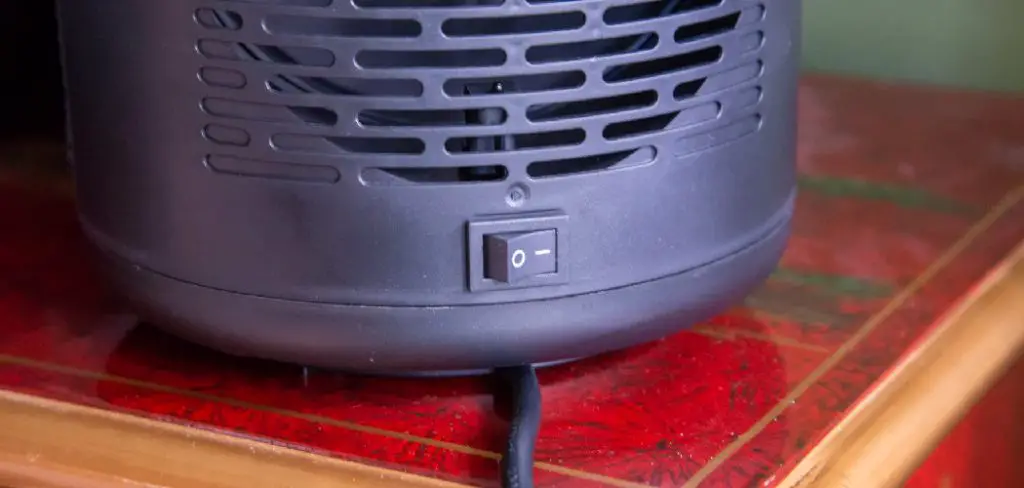
Ensuring that heating systems are properly checked and maintained before use is vital, as it can prevent potential hazards, improve performance, and extend the system’s lifespan. This introductory overview provides a solid foundation for properly managing and operating your electric heating options.
How to Turn on Electric Heating: Identifying Your Electric Heating System
Before you turn on your electric heating system, it is essential to identify which type you have, as each type may have slightly different operational steps. Here’s a brief overview of common electric heating systems:
Baseboard Heaters:
These are long, narrow units typically located near the floor along the exterior walls. They operate through electric resistance, which flows through heating elements and metal fins inside the heater, radiating warmth into the room. Baseboard heaters often supplement other heating systems or provide primary heat in smaller spaces.
Wall Heaters:
Installed directly into walls, wall heaters are commonly found in smaller spaces or rooms needing supplemental heat, such as bathrooms or bedrooms. They are efficient for spot heating and can be controlled by wall-mounted thermostats for precise temperature regulation.
Electric Space Heaters:
These portable units are perfect for heating specific areas or rooms and come in various types, including fan-forced, radiant, or convection heaters. Electric space heaters are versatile and convenient for on-demand heating, especially in areas that require temporary warmth.
Electric HVAC Systems with Heat:
These central heating systems are powered by electricity and are often part of a forced-air system. The heat is generated via electric coils in the air handler and distributed throughout the home via ductwork. This type of system provides balanced temperature control across multiple rooms.
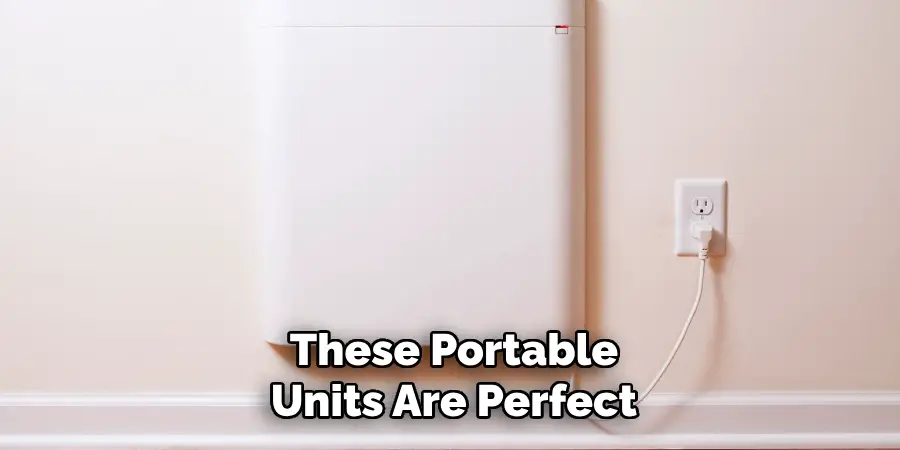
Before proceeding with the operation, confirm which type of electric heating system you own, as the activation procedures may vary for each type.
Turning On Baseboard Heaters
Baseboard heaters are a reliable and simplistic option for heating smaller spaces or supplementing existing heating systems. To ensure effective and safe operation, follow these steps:
Step 1: Check the Thermostat
A wall thermostat usually controls baseboard heaters. To turn on the heater, first, ensure that the thermostat is set to the desired temperature. If the thermostat has a heating switch, ensure it is turned on. The correct temperature setting on the thermostat is crucial, as it regulates when the heater activates and deactivates, ensuring a comfortable indoor environment.
Step 2: Adjust the Heater’s Settings
Some baseboard heaters come equipped with individual control knobs. If your heater has this feature, you’ll need to manually turn the knob to the desired heat setting, which is usually marked with a scale from low to high. Adjusting these settings can help fine-tune the warmth for specific areas, effectively managing energy use and comfort levels.
Step 3: Inspect the Heater
Before the heater begins its operation, conduct a thorough inspection around the unit. Ensure that the area surrounding the baseboard heater is clear of any objects, furniture, or curtains to avoid potential fire hazards. It is also important to check that the heater is free from dust and debris, which can obstruct proper airflow and impact heating efficiency. Regular cleaning and inspections are essential to maintain optimal performance.
Step 4: Wait for the Heating
After turning on the heater and setting the thermostat, allow it a few minutes to start warming up. Baseboard heaters require time to reach their full heating potential as they gradually distribute warmth throughout the room. Patience during this period will ensure the heater operates efficiently.
Troubleshooting
If the heater does not turn on or fails to emit warmth, a few troubleshooting steps may be necessary. First, inspect your home’s electrical panel to verify that the heater’s circuit breaker hasn’t tripped. A tripped breaker can interrupt the power supply needed for the heater’s operation. Additionally, confirm that the thermostat is functioning properly since a malfunctioning thermostat can impede the baseboard heater from activating. If problems persist, consult a professional for further inspection and advice on maintaining your heating system.
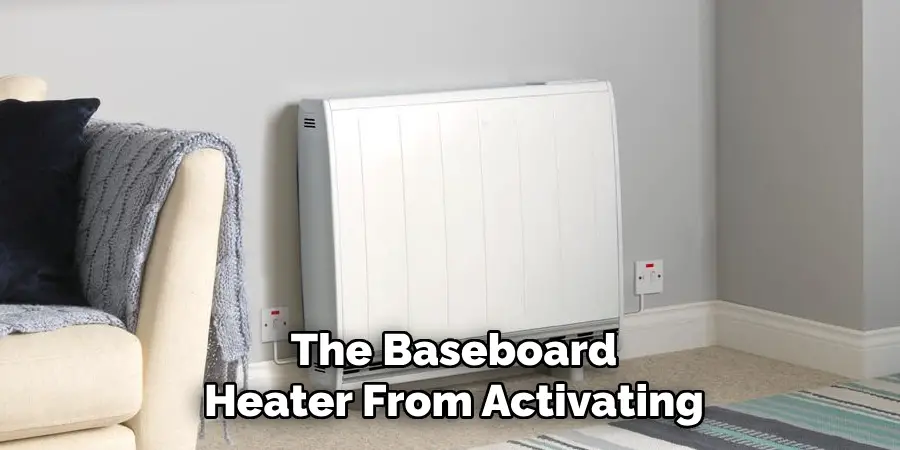
Turning On Wall Heaters
Wall heaters are an efficient way to provide focused heat to small spaces. To ensure proper usage, follow the steps outlined below:
Step 1: Locate the Wall Heater’s Thermostat
Most wall heaters are controlled by either a built-in thermostat or a separate wall-mounted thermostat. The first step is to switch the thermostat to the “heat” setting. This will activate the system and prepare it for warming the room.
Step 2: Turn On the Heater
With the thermostat set to “heat,” use the thermostat dial to adjust the temperature. Typically, a comfortable setting ranges from 68°F to 75°F, but you can modify this according to personal preference. Some wall heaters come with an on/off switch directly on the unit itself, so ensure this is also turned to the on position, facilitating the flow of electricity to the heating elements.
Step 3: Check for Airflow and Safety
It is crucial to ensure that the heater’s vent or grille remains unobstructed by furniture, curtains, or other items, as blockages can significantly reduce heating efficiency and pose fire hazards. Carefully inspect the heater for any visible signs of damage or excessive dust accumulation. Dust buildup can decrease the heater’s performance and increase safety risks, so clean the unit if necessary to maintain optimal functioning.
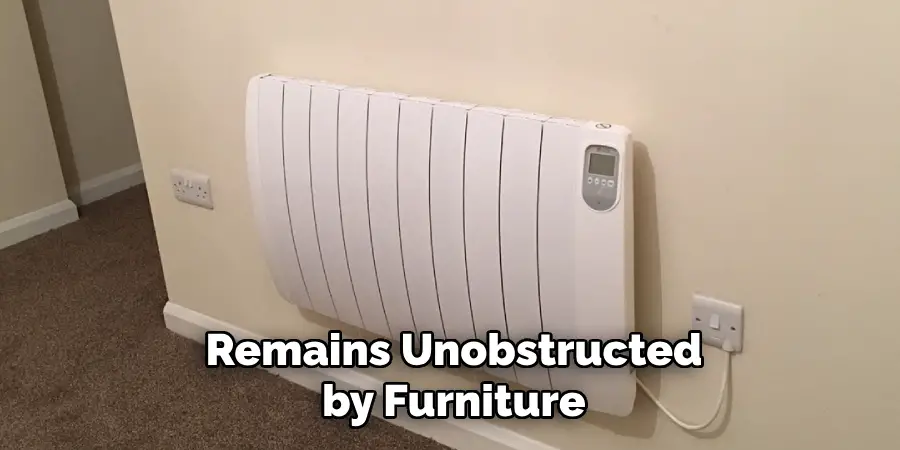
Step 4: Allow the Heater to Warm Up
Once activated, provide the wall heater a few minutes to start distributing heat. Typically, wall heaters require some time to warm up and reach the desired temperature, so patience is key.
Troubleshooting
If the heater fails to operate, begin troubleshooting by checking the circuit breaker to ensure it hasn’t been tripped. Wall heaters are normally connected to your home’s electrical system directly, and a tripped breaker can interrupt their power supply. If the heater’s fan runs, but no heat is produced, the heating element might require inspection, servicing, or replacement. In such cases, contacting a qualified professional is advisable to correctly diagnose and resolve the issue.
Turning On Electric Space Heaters
Electric space heaters offer a convenient way to provide supplemental heat to small areas. To ensure safe and effective operation, follow the steps detailed below:
Step 1: Choose the Right Location
Place the space heater on a flat, stable surface, away from flammable materials such as curtains, papers, or furniture. Selecting an appropriate location enhances safety and optimizes the heater’s efficiency. Additionally, keep the space heater out of high-traffic areas to avoid tripping hazards.
Step 2: Plug It In
Plug the space heater directly into a wall outlet, as using extension cords can lead to overheating and potential fire risks. Ensure that the heater is standing upright, which is necessary for models with a tip-over switch to engage properly. Direct power supply connections ensure the appliance receives adequate electricity to operate safely.
Step 3: Adjust the Settings
Turn on the heater by using the power button or knob. Many electric space heaters provide multiple heat settings, such as low, medium, and high, as well as a thermostat dial. Adjust these settings to your desired temperature or heat level based on personal comfort and room size.
Step 4: Monitor the Heater
Continuously monitor the space heater while it’s in use. Always switch it off when leaving the room or going to sleep to prevent accidents or overheating. Check that your space heater has built-in safety features like overheat protection, which can automatically shut off the heater to prevent it from becoming a fire hazard, especially after prolonged operation.

Turning On Electric HVAC Systems with Heat
Electric HVAC systems provide efficient climate control and can be seamlessly adjusted to suit your heating needs. Here are the steps to turn on your system in heating mode:
Step 1: Switch the Thermostat to “Heat”
Locate the thermostat that controls your HVAC system. This device typically features a “cool/heat” switch. To activate the heating function, simply flip the switch to the “heat” setting. This initiates the system, preparing it to adjust to your heating requirements.
Step 2: Set the Temperature
Next, use the temperature control buttons or dial to set your desired temperature. A recommended range for comfort and energy efficiency is between 68°F and 72°F. Adjusting within this range can help maintain a warm and comfortable environment while also being mindful of energy consumption.
Step 3: Inspect Air Vents
Before the system begins to heat your space, ensure that all air vents within your home are open and unobstructed. Furniture or other items blocking the vents can impede airflow, reducing heating efficiency and increasing strain on the system. Unblocked vents are crucial for the even distribution of warm air.
Step 4: Wait for Warm Air
Once the thermostat is set, allow the system a few minutes to warm up before it starts circulating warm air. Note that electric heating can take more time than gas systems to reach optimal warmth levels. Therefore, a little patience is necessary during this process.
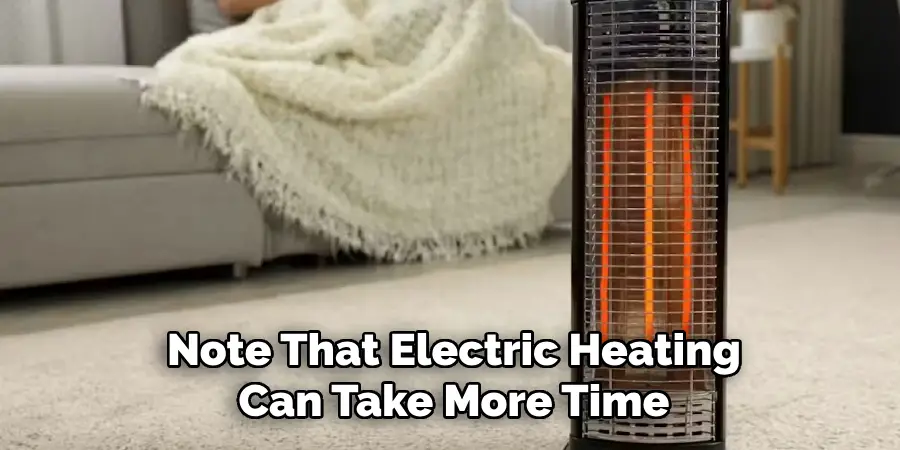
Troubleshooting
If the system fails to turn on, check your home’s breaker box to see if any circuit breakers have been tripped. Resetting a tripped breaker can often resolve power issues. However, if the problem persists, it may indicate an issue with either the heating element or the thermostat itself, which would warrant a professional inspection to ensure safe and efficient operation.
Conclusion
In summary, understanding how to turn on electric heating in your home involves a series of careful steps to ensure efficient and safe operation. Whether you are using an electric wall heater, a space heater, or a full HVAC system, start by setting the thermostat to the appropriate mode and desired temperature. Ensure that all electrical connections are direct and secure, avoiding the use of extension cords to prevent overheating risks. Maintain clear air vents and unobstructed airflow to optimize heating efficiency. Regular maintenance, including cleaning and inspecting heaters for damage, is crucial for avoiding potential problems.
Always monitor the performance of your heating system and prioritize safety features such as overheating protection. If any component fails or shows signs of malfunction, don’t hesitate to seek professional assistance to resolve issues with the heating element or control system. Following these guidelines will help maintain a warm and safe environment.
About
Angela is the chief editor of Indoorense. She began her career as an interior designer before applying her strategic and creative passion to lifestyle and home.
She has close to 15 years of experience in creative writing and online content strategy for housekeeping and cleaning,home decorations as well as other efforts.
She loves her job and has the privilege of working with an extraordinary team. She lives with her husband, two sons, and daughter in Petersburg. When she’s not busy working she spent time with her family.

